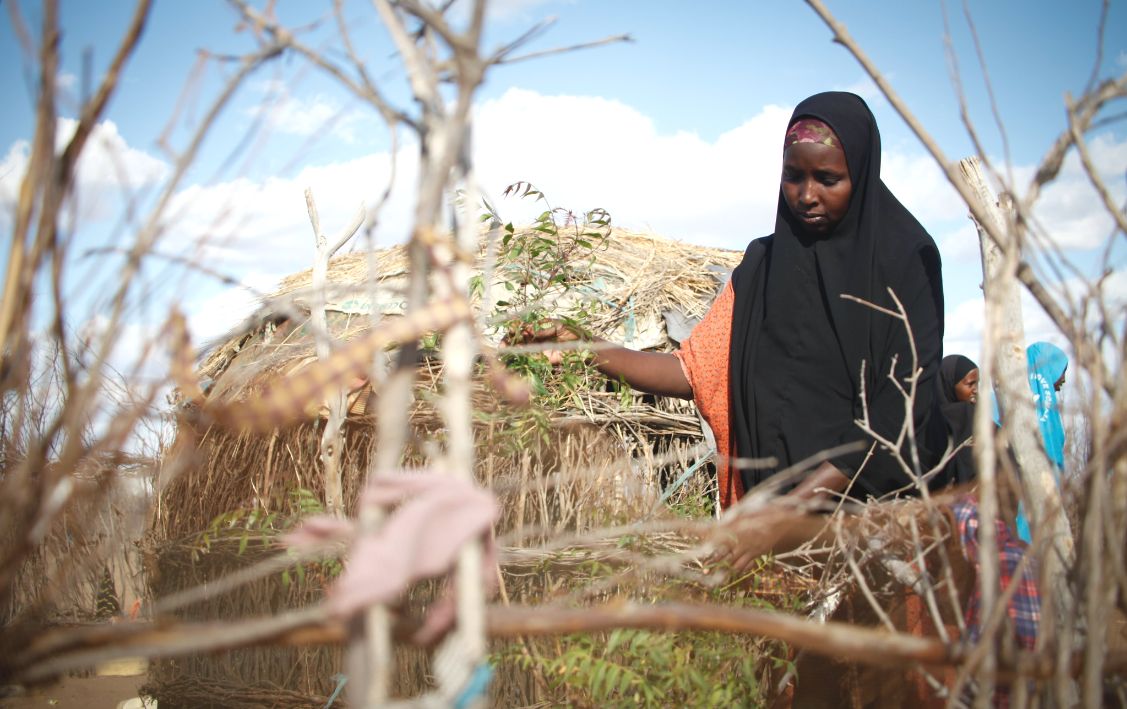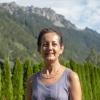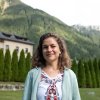
As one of the most effective terrestrial ecosystems at sequestering and storing carbon, tropical forests are known for their high biomass and carbon storage capacity, primarily in their dense vegetation and soils.
While there is wide awareness of the emission reduction potential of forests and the need to conserve them to mitigate climate change, other ecosystems with a comparatively lower biomass also play a critical role in the global carbon cycle.
Among those important ecosystems figures the African savanna biome, which includes bushlands, woodlands, such as the vast Miombo Woodlands in Southern Africa, and forest transitions zones such as the Transitional Zone in Ghana which sits between the shea parklands and the high forest zones. In fact, Ghana's REDD+ Strategy includes it, and the Northern Savannah Zone, home of the shea parklands, as two of the five biomes where a broad set of actions will tackle deforestation and forest degradation at the landscape level. In Kenya, dry forests and savannahs are home to spectacular species of wildlife from the mighty ant to the magnificent elephant. Go up close to a whistling thorn and witness acrobat ants defend the tree against browsers and insect predators by biting them and spraying them with formic acid. These ants are just as well adapted to the sprawling plains as the peoples of the savanna, such as the Maasai, who are faced as other communities are, with the changes to their livelihoods due to climate change.
Savannas store carbon in their vegetation and soils and act as a carbon sink when well-managed. Locally adapted management practices, such as sustainable land management, climate smart agriculture, agroforestry practices with dryland tree species, habitat restoration, fire management, and the conservation of the many forest reserves dotted across them, can additionally enhance their carbon sequestration potential. UNDP Climate & Forests, through the UN-REDD Programme and the Climate Promise, is providing technical assistance to Cote d’Ivoire, Democratic Republic of the Congo, Ghana, Kenya, Liberia, Republic of the Congo, and Uganda to implement forest-based solutions to the climate crisis.
Photo credit: One Earth
In Ghana, UNDP is supporting the Ghana Shea Landscape Emissions Reduction Project, which seeks to restore 500,000 hectares of savanna lands and degraded shea parklands, and to establish 25,500 hectares of forest plantations in severely degraded forest reserves. Under the REDD+ Investment Programme in the Oriental Province in DRC, UNDP supports the conservation of 30.000 ha of savanna landscape from a community-based approach working with Local Development Committee (CLD). The Forest and Land Restoration Action for Kenya (FLaRAK) programme implemented by UNDP Kenya has set to produce 400,000 tree seedlings in selected schools annually in three ecosystems, including Suswa-Magadi rangeland ecosystem in Narok/Kajiado.
African savannas are remarkable and vital carbon sinks, and store on average more carbon belowground compared to forests.
This highlights the importance of comprehensive investments in preserving and sustainably managing natural savannas and dry forests, through a mix of agriculture, livestock, land and wildlife management planning and policy measures, to address the complex social, economic, and ecological challenges faced in the fight against climate change. In Southern African countries such as Tanzania and Zambia, these areas are crucial for livelihoods but are also recognised for the nature-based climate solutions that can help achieve these countries' NDCs.
Harboring the biocultural heritage of a diverse and vast region, the African savannah holds significant cultural importance for the Indigenous and local communities that have traditionally lived in these unique landscapes. Indigenous leaders from the region therefore argue that the preservation of their ancestral knowledge and sustainable use practices, alongside with substantial investments in communities and local conservation and restoration solutions, are essential for maintaining the savanna’s ecological and climate services.
As African countries strive to tap into the opportunities for climate finance, landscape and large-scale mitigation programmes involving dry forests and woodland savannah areas are increasingly becoming part of the solution.
Learn more how UNDP Climate and Forests work areas, supports projects and programs in African savanna countries:
Ghana: The Ghana Shea Landscape Emissions Reductions Project
Kenya: Kenya Achieves Important Milestones for Results-Based Payments for REDD+
Cote D'Ivoire: Cote d’Ivoire Explores Carbon Markets as Potential Source of Climate Finance


